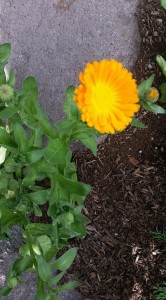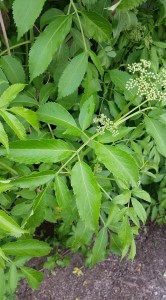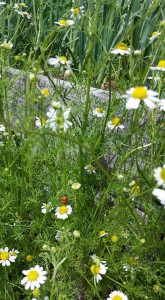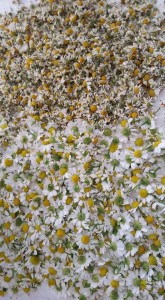Medicinal Herb Post #4 written May 30, 2018
Medicinal Herb post #4
Red Clover (Trifoleum pratense)
This hardy perennial is easy to grow and is part of the legume family that sends roots deep into the earth. The pollinators love it for the abundant nectar it provides. Harvest the flowers as soon as they open.
It’s a wonderful alterative (blood purifier and nutrient dense). It gently supports and restores normal functions to the immune system and is deeply nourishing as it contains many vitamins and minerals. What’s great about nourishing herbs is that they give the body an opportunity to resolve other issues going on because we give it what it needs to do its job. It’s often included in skin problem formulas for eczema and psoriasis as well as respiratory infection formulas and lymphatic cleansers. Included in this group of alterative, nourishing herbs are, alfalfa, burdock, yellow dock, nettles, plantain, garlic, Oregon grape, cleavers, echinacea, comfrey and marshmallow.
Both the flower and leaf contain phytoestrogens and isoflavones that can have a beneficial effect for women with menopausal symptoms like hot flashes, mood swings and night sweats. There is also some recent evidence that shows it can help with maintaining bone density.
Red clover shouldn’t be taken by those who are on heart medication or have any blood thinning problems. Don’t take 2 weeks before and after surgery.
Here are a few formulas you can use with red clover:
Children’s Cold/Flu Glycerite (our family’s favorite)
Equal parts elder flower, mullein leaf, red clover flowers, peppermint or spearmint and yarrow. Cover herbs in a mason jar with 1 cup glycerine and 2 cups water. (You can make more if you need, just remember the 1:2 ratio) Cover with lid and shake once a day. Strain and keep in a jar in the fridge. Give 1 tablespoon in water or juice 3x a day.
Lymphatic Congestion Tea or Syrup
Equal parts calendula flower, red clover flower and cleavers. For the tea, infuse and steep the dry herbs in water that has just been boiled for 15 minutes. For the syrup cover the herbs with water and simmer on very low heat until the liquid is half the original volume. Strain and pour back into the pot. Add equal amounts of raw honey, maple syrup or glycerine to the herb liquid. Pour into jar and keep refrigerated. Take 1 tablespoon 3x a day.
Vitamin Tonic/Tea (also good for menopause support)
3 parts red clover flower, 2 parts milky oat tops (just ripening), 2 parts peppermint or spearmint, 1 part nettles, 1 part raspberry leaf. You can also add alfalfa, burdock, yellow dock or other alterative herbs listed above. Steep herbs for 15-20 minutes and drink 2-3 cups a day.





